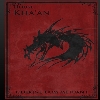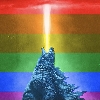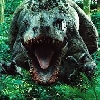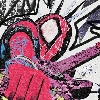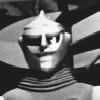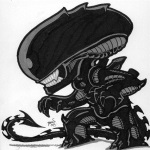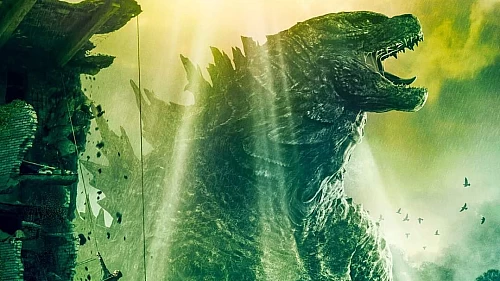Is Shin the creepiest looking godzilla
Godzilla Forum Topic
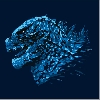
gojiman
MemberBaragonDecember 08, 202224239 Views25 RepliesAnd the simple answer is YESSssSs.
Godzilla has changed multiple times during his film reign. Changing from a smaller, more, not creepy looking, but weirdly odd looking form, to the Epic form in the more “recent” films.
But the most drastically, and terrifying, form is Shin Godzilla.
In this film Shin is a mindless juggernaut, causing utter destruction everywhere he goes, and is an ever-evolving organism that goes through several changes over the course of the film -- each one more refined, and terrifying, than the last.
When the ugly kaiju is first introduced in Shin Godzilla, it was completely unrecognizable from the Godzilla audiences have come to know and love, with giant bug eyes and small, stubby arms, flailing around on its stomach as it crawls out of Tokyo Bay. Seriously, whoever made the designs for him had to have some serious mental problems.
Later, it evolves into a more upright and larger menace, and finally into the gigantic form that somewhat closer resembles the classic Godzilla design, except with large, needle-like teeth, exposed muscle, an elongated tail and a hellish, charred black and red coloration. Shin Godzilla's eyes are its most unsettling feature, which go from large bug eyes to small, beady and vacant.
At the end of the film Shin Godzilla is stopped by the human characters, who use a coagulating agent to freeze it, but the final shot has terrifying implications. Frozen, humanoid monsters are shown emerging from Shin Godzilla's tail, suggesting that either the creature was asexually reproducing or breaking down into smaller versions of itself as part of its next evolution.
Unlike other iterations of Godzilla, Shin Godzilla seems to have no outward personality and just mindlessly destroys everything in its path. Not only does it level large swaths of Tokyo, but it also kills several of Japan's top government officials as they try to flee the burning city. Shin Godzilla has the signature atomic breath that has come to be associated with the monster, but it's far more powerful and devastating than in previous films and causes most of the city around Godzilla to go up in nuclear fire.
Shin Godzilla's destructive capabilities are matched only by its near invulnerability, as it takes over 16,000 rounds of ammunition, tank and missile blasts, as well as bombs -- all of which have no effect on it. The only time the monster becomes injured by an attack is when the U.S. drops MOP II bombs on it from above, but then Shin Godzilla quickly recovers and develops the ability to blast devastating energy beams from its dorsal plates. This new defense mechanism not only prevents Godzilla from being attacked from above, but also causes even more destruction to the city as it wipes out the bombers attacking it.
Though Shin Godzilla is definitely the scariest looking and most destructive version of the kaiju yet, what's even scarier is the real world subtext of the film. While the original Gojira was about nuclear attacks, Shin Godzilla is a metaphor for the 2011 Fukushima Daiichi nuclear disaster and Tohoku earthquake and subsequent tsunami. It shines a light on how unprepared the Japanese government was for these tragedies that killed more than 19,000 people. The scenes of death and destruction in Shin Godzilla are juxtaposed against scenes of politicians in board rooms dealing with bureaucratic red tape instead of solving the problem. At the end of the film, Godzilla is stopped by a group of people taking action and working together in the face of a crisis, though the haunting final shot hints that one day Shin Godzilla Might return in an even more terrifying form.



